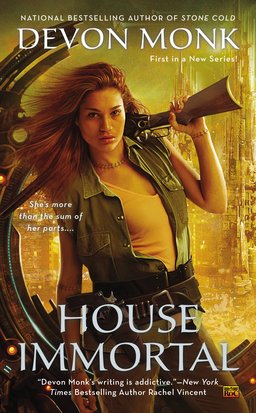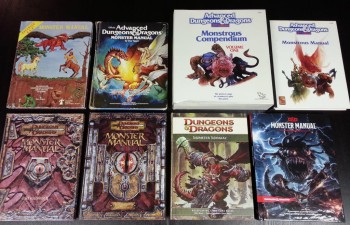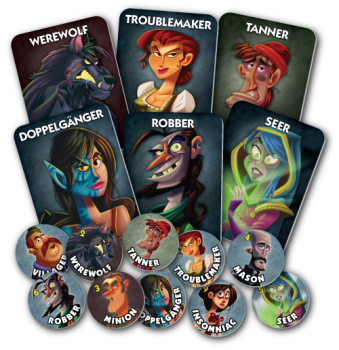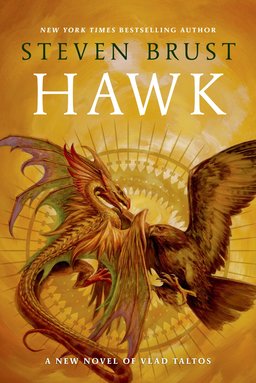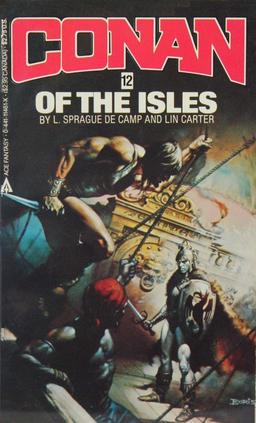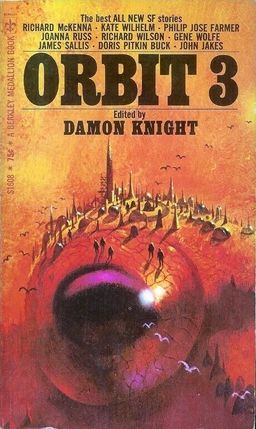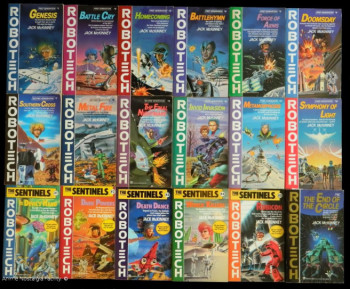Putting the Epic into Modern Day Fantasy
 Today I’m turning over the Black Gate rostrum to the talented Tom Doyle. Take it away, Tom!
Today I’m turning over the Black Gate rostrum to the talented Tom Doyle. Take it away, Tom!
When my first novel, American Craftsmen, went to Tor’s production department, I received an odd request from my editor: could I put together genealogical notes and a family tree for an appendix?
An appendix? That sounded like Lord of the Rings territory, with its line of the Kings of Númenor. My book was set primarily in modern America, with a style that probably owed as much to the techno-thriller as fantasy. How did I end up with a story that required an extra, often-mocked feature commonly associated with door-stopper epics?
Perhaps my subconscious was partly to blame: I enjoy all sorts of speculative fiction, but I was raised on the big epics of high fantasy and those still give me a special kick.
But mostly, I had made deliberate choices to include certain story and style elements based on their own merits, and only after the appendix request did I realize that those elements are particularly highlighted in the epic genre.
So what elements of epic did I put in a contemporary fantasy setting, and for what purposes? First, and my use of this element is the main reason my publisher probably thought I needed an appendix, epic characters don’t just have background detail; they have histories.
